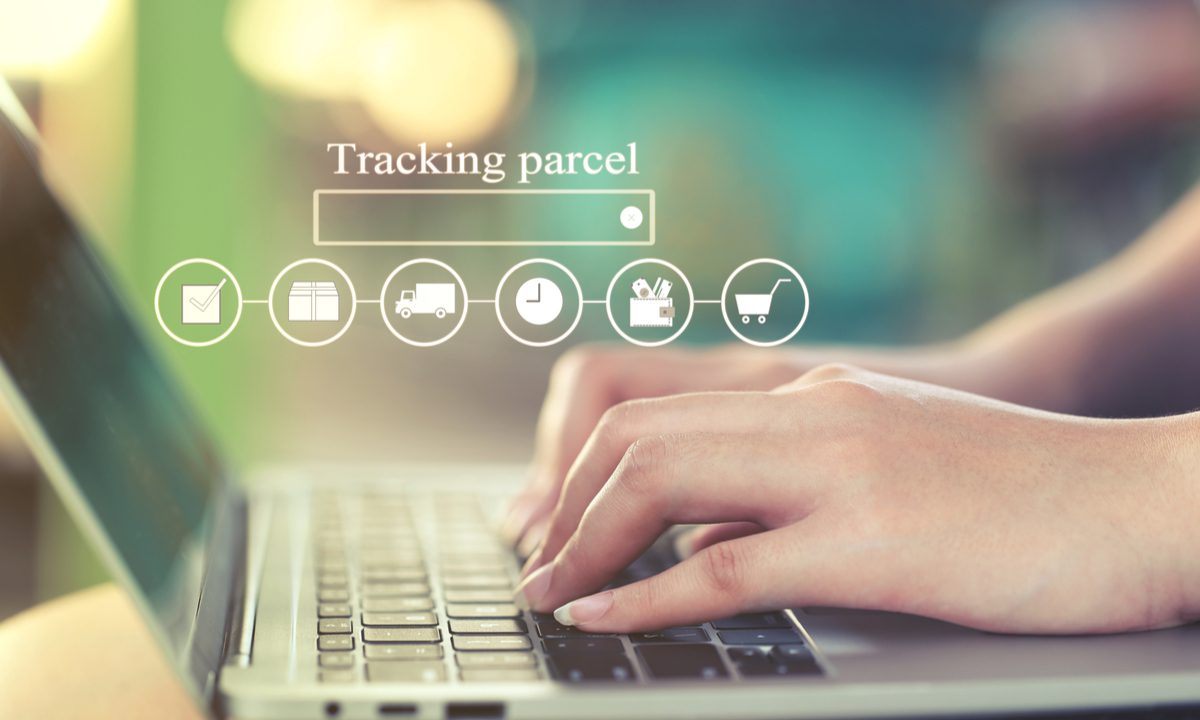Merchants Use Communication, Visibility to Relieve ‘Supply Chain Fatigue’

Two years into the pandemic and the supply chain issues it has caused, businesses of all sizes are weary of the added complexity around maintaining stock, experiencing shortages and dealing with price increases.
“We hear people talk about the global pandemic, the ‘Where is my order?’ — WISMO — the Zoom fatigue, and now people are talking about supply chain fatigue,” Niki Antonelli, senior director of Client Success at Logicbroker, told PYMNTS.
To deal with this supply chain fatigue, successful retailers, marketplaces and brands are focusing on communication and visibility with their suppliers, customers and employees. At this time, it’s especially important that supply chain partners keep each other up to date on order status.
“There is an understanding in this space that there is supply chain fatigue that is simply just not controllable,” Antonelli said. “So, it’s more or less, what can we control and how can we do it as partners?”
Providing Order Acknowledgements and Updates
The working relationship between retailer and supplier is improved when the suppliers acknowledge orders have been received and provide updates on order status, from the time an order leaves the warehouse to the time it reaches the retailer’s location.
Because a retailer might have 50 different trading partners, that’s difficult to do in the traditional way, which is via email or even fax. With an automated solution, it’s more manageable for both retailer and vendor.
Antonelli said that when all that data is presented to the retailer in a single place, on a single platform, it simplifies what would otherwise be a “bowl of spaghetti” and makes it manageable so the retailer can move on to the next project.
“Having that visibility and that communication between partners is a great way to eliminate friction,” Antonelli said.
Listening to the Customer
Visibility and communication also help retailers maintain and improve their customer experience. Here, the key is to listen to the customer. One part of that is having an easily accessible email or phone number. That’s especially important during this time of shortages.
“What we’re hearing is, the easier you make it for your customer to talk to somebody or reach somebody to ask, ‘Where’s my order?’ or ‘Is this coming back in stock?’ the better you’re keeping that customer loyalty stemming from that customer experience,” Antonelli said.
Also important are providing an easy returns process, offering options such as buy now, pay later (BNPL) and having the right products to meet today’s demands.
“There’s so many different eCommerce tools today that you can leverage that track your customer experience on your website so you can see where they’re clicking, and you can know if they’re abandoning a cart,” Antonelli said.
With that information, retailers and brands can create an experience that keeps customers coming back and add promotions that entice them to buy.
Promoting Employee Engagement
To cope with supply chain fatigue, creating a great employee experience is important too. That builds loyalty at a time of labor shortages and creates a trickle-down effect that contributes to the customer experience.
The last couple of years have been challenging for colleagues, family and friends. On top of that, there was the loss of the office experience, trade shows and happy hours.
Logicbroker itself has dealt with this by devoting time every Friday for employees to enjoy interactive online games and virtual happy hours.
“Employee engagement is very huge in creating a fun, safe, positive work environment,” Antonelli said. “The way we collaborate, we really come out better, stronger together.”
